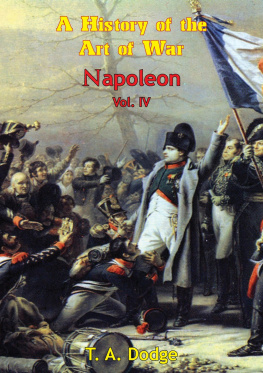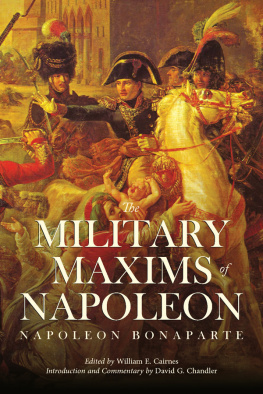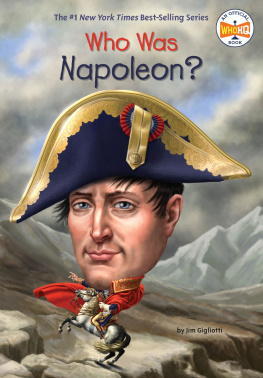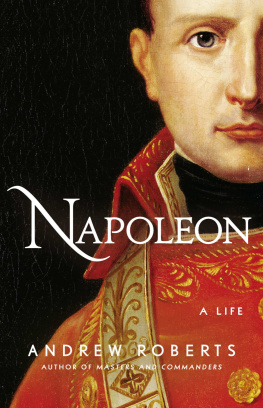Lt.-Col. Theodore Ayrault Dodge - Napoleon: A History Of The Art Of War From The Beginning Of The French Revolution To The End Of The Eighteenth Century Vol. IV
Here you can read online Lt.-Col. Theodore Ayrault Dodge - Napoleon: A History Of The Art Of War From The Beginning Of The French Revolution To The End Of The Eighteenth Century Vol. IV full text of the book (entire story) in english for free. Download pdf and epub, get meaning, cover and reviews about this ebook. year: 2014, publisher: Pickle Partners Publishing, genre: Non-fiction. Description of the work, (preface) as well as reviews are available. Best literature library LitArk.com created for fans of good reading and offers a wide selection of genres:
Romance novel
Science fiction
Adventure
Detective
Science
History
Home and family
Prose
Art
Politics
Computer
Non-fiction
Religion
Business
Children
Humor
Choose a favorite category and find really read worthwhile books. Enjoy immersion in the world of imagination, feel the emotions of the characters or learn something new for yourself, make an fascinating discovery.
- Book:Napoleon: A History Of The Art Of War From The Beginning Of The French Revolution To The End Of The Eighteenth Century Vol. IV
- Author:
- Publisher:Pickle Partners Publishing
- Genre:
- Year:2014
- Rating:3 / 5
- Favourites:Add to favourites
- Your mark:
Napoleon: A History Of The Art Of War From The Beginning Of The French Revolution To The End Of The Eighteenth Century Vol. IV: summary, description and annotation
We offer to read an annotation, description, summary or preface (depends on what the author of the book "Napoleon: A History Of The Art Of War From The Beginning Of The French Revolution To The End Of The Eighteenth Century Vol. IV" wrote himself). If you haven't found the necessary information about the book — write in the comments, we will try to find it.
Includes over 200 maps, plans, diagrams and uniform printsLt.-Col. Theodore Ayrault Dodge was a soldier of long and bloody experience, having served with the Union Army of the Potomac during the American Civil War losing one of his legs during the battle of Gettysburg. After the end of the war he settled down in retirement to write, he produced a number of excellent works on the recently ended Civil War and his magnum opus A History of the Art of War, tracing the advances, changes and major engagements of Western Europe. His work was split into twelve volumes, richly illustrated with cuts of uniforms, portraits and maps, each focussing on periods of history headed by the most prominent military figure; Alexander, Hannibal, Caesar, Gustavus Adolphus, Frederick the Great and finally Napoleon. Napoleon and the period which he dominated received such care and attention that Dodge wrote four excellent, authoritative and detailed volumes on him.In Dodges concluding volume on Napoleons great career covers the battles that would lose Germany for the French cause for good; as his lieutenants are unable to follow through his plans, his tired ragged conscripts cannot match the quality and power of old and struggle blindly with the cavalry that was sacrificed on the steppes of Russia. The missed chances of Ltzen and Bautzen and the crowning epic defeat at the Battle of the Emperors at Leipzig force Napoleon back to France, he conjures a brilliant campaign along the rivers of Northern France beating one opponent then another. However, the odds are too much even for Napoleons star, and he is forced to abdicate in 1814. Just over a year later he rolls the dice one last time during the Waterloo Campaign, filled with opportunities not taken and orders misplaced, Napoleon is forced in further exile at St. Helena, his military fame undimmed even after a hundred years.A well written, expansive and excellent classic.
Lt.-Col. Theodore Ayrault Dodge: author's other books
Who wrote Napoleon: A History Of The Art Of War From The Beginning Of The French Revolution To The End Of The Eighteenth Century Vol. IV? Find out the surname, the name of the author of the book and a list of all author's works by series.













